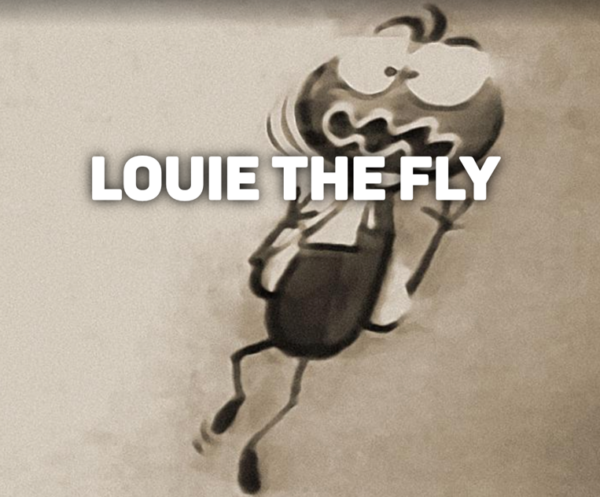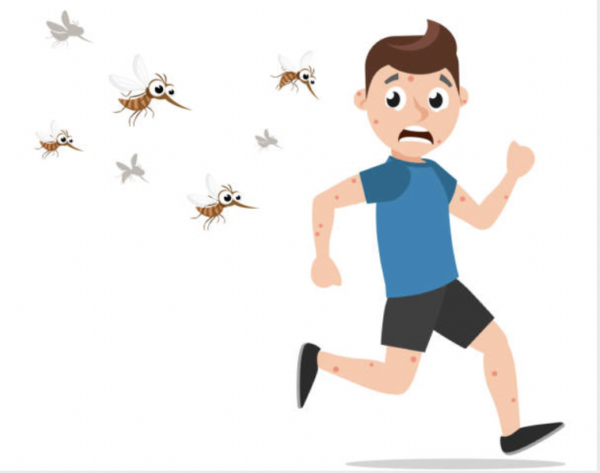Biodiversity Loss- A Real and Present Danger
Biodiversity Loss: A Real and Present Danger
The scourge of mosquitos and biting midges in the spate of wet weather over recent years contains a message about our continuing destruction of biodiversity. And therein lies a tale.
How We Conquered the World
In our barely 400,000 years of existence, Homo sapiens have demonstrated incredible resilience, creativity, and ability as we have spread out to conquer the world. Yet there appears to have been no grand plan to do this. We have simply taken advantage of every opportunity, and modified or destroyed every impediment.
“Humans cannot possibly survive in the harsh Arctic environment – no worries lets go and try”. Or: “Let’s build a boat and go see what is on the other side of the ocean.”
Yes, that is a simplification, but the tendency to live in the here and now and to destroy everything that gets in the way pervades our modern societies.
We build in a flood zone – then spend a massive amount of effort and money cleaning up when the inevitable occurs – then build right back again.
It has taken decades for the serious consequences of climate change to attract our attention. And one could argue that this realisation only occurred when the increasing frequency and magnitude of weather extremes reached a level where climate change could no longer be ignored.
 Similarly, the loss of biodiversity can no longer be ignored as just a bunch of greenies complaining. It already has had serious consequences for our environment, and has now reached the level of a real and present danger to our very existence
Similarly, the loss of biodiversity can no longer be ignored as just a bunch of greenies complaining. It already has had serious consequences for our environment, and has now reached the level of a real and present danger to our very existence
Yet we continue blithely on. An insect or a spider? “Oh no! Where’s the bug spray.”
Those insects and arachnids are essential to the survival of our environment and ourselves:
- They provide an essential pollination service, without which most of our plant-based food would rapidly disappear, followed in the long term by domestic animals
- For every pest insect or arachnid, there are many many beneficial ones – insects and arachnids that gobble up pest insects – insects that chomp through dead plants, animals, and poo, and manufacture soil as the end process.
Consider the Recent Mosquito Scourge?
Massive increases in mosquitoes followed the recent abnormally wet years, especially in urban areas. Recommended responses soon appeared in newspapers, advertisements, etc: clean out and empty all areas of standing water; apply additives to kill larvae in those that cannot be emptied; install that ‘world-famous’ bug zapper; and don’t hold back on the bug spray.
 There are areas of the world where mosquitoes and midges dominate and completely overwhelm the bugs out to eat them. This is particularly true of arctic and deep tropical areas, but not so in our climes.
There are areas of the world where mosquitoes and midges dominate and completely overwhelm the bugs out to eat them. This is particularly true of arctic and deep tropical areas, but not so in our climes.
At Carranya, we have an extensive wetland, and there are two permanent ponds in our yard. We use no bug sprays and we have no zappers. Yet we have gone through the past two summers without a single bite from a mozzie or a midge! The major Peninsula swamp area at Tootgarook is basically the same.
The reason?
Our ponds are in ecological balance. Run a net through the water and it will come up with many predator insect larvae and tadpoles, and yes, a few mosquito wrigglers. Around the edges are our resident frogs, predator insects, spiders, and birds.
We did experience a rapid increase in wrigglers and other larvae leading into spring. But predator species soon multiplied in response. Spider webs ballooned and filled with insect carcases. Wagtails and fantails flitted through the air, feasting on the plenty.
The number of damselflies and dragonflies more than doubled from normal years. Their larvae are peak predators in the water, and mosquitoes that made it past the larvae were soon dispatched by the elders.
Live with nature, and nature will look after you.
– Article by Greg Holland – Louis the Fly image from the National Film Archives, second image from iStock.